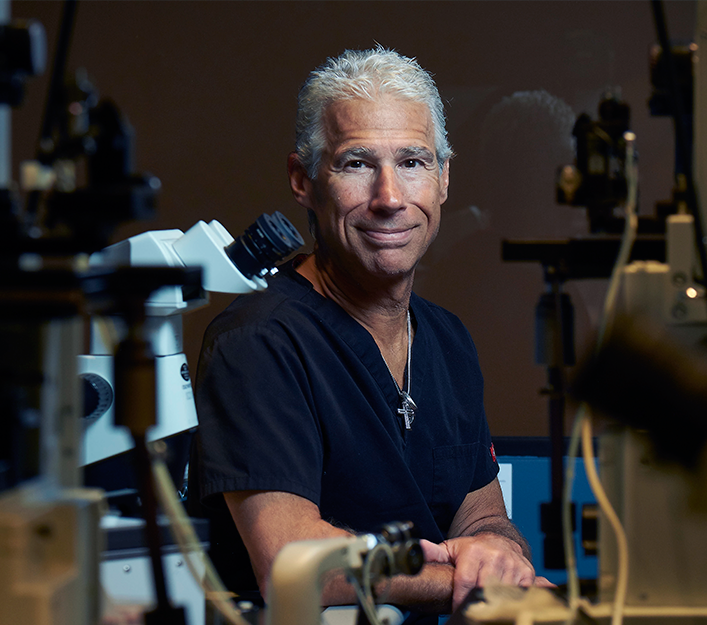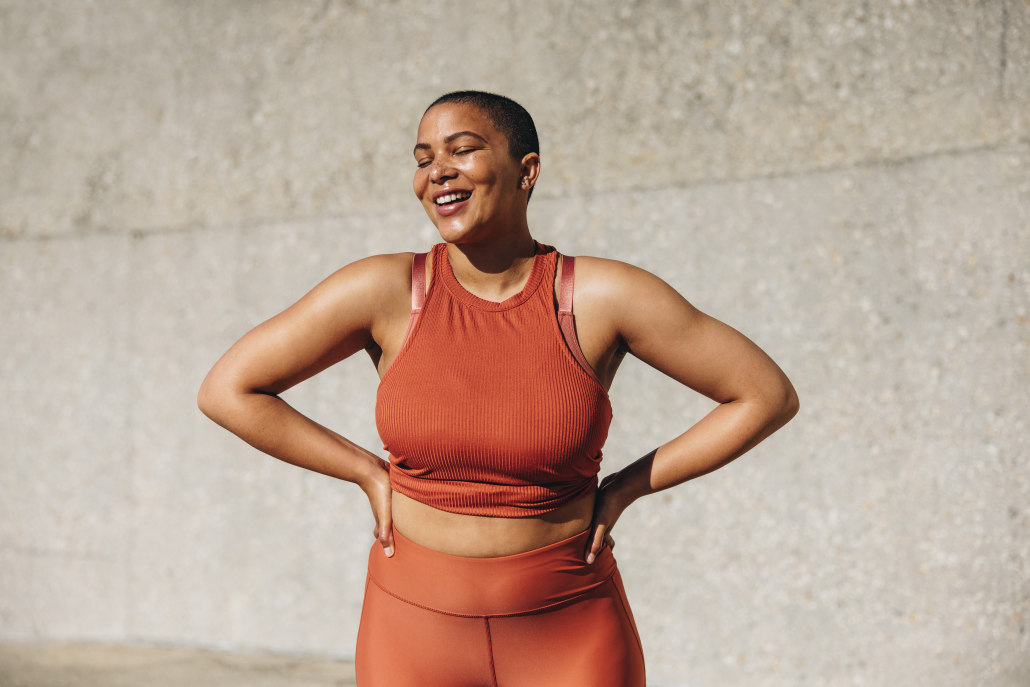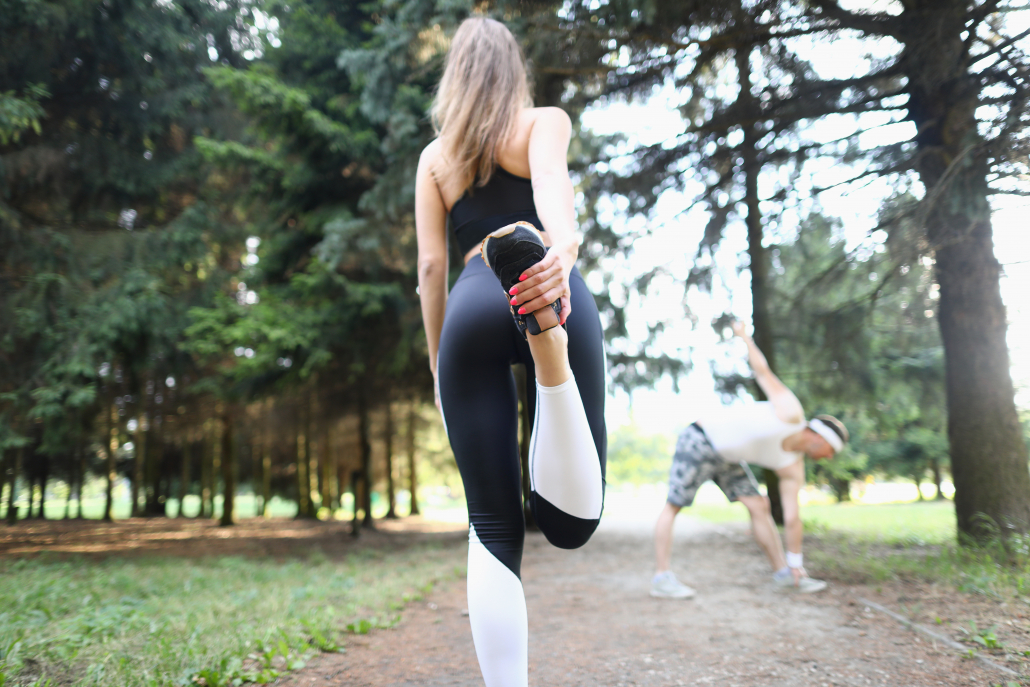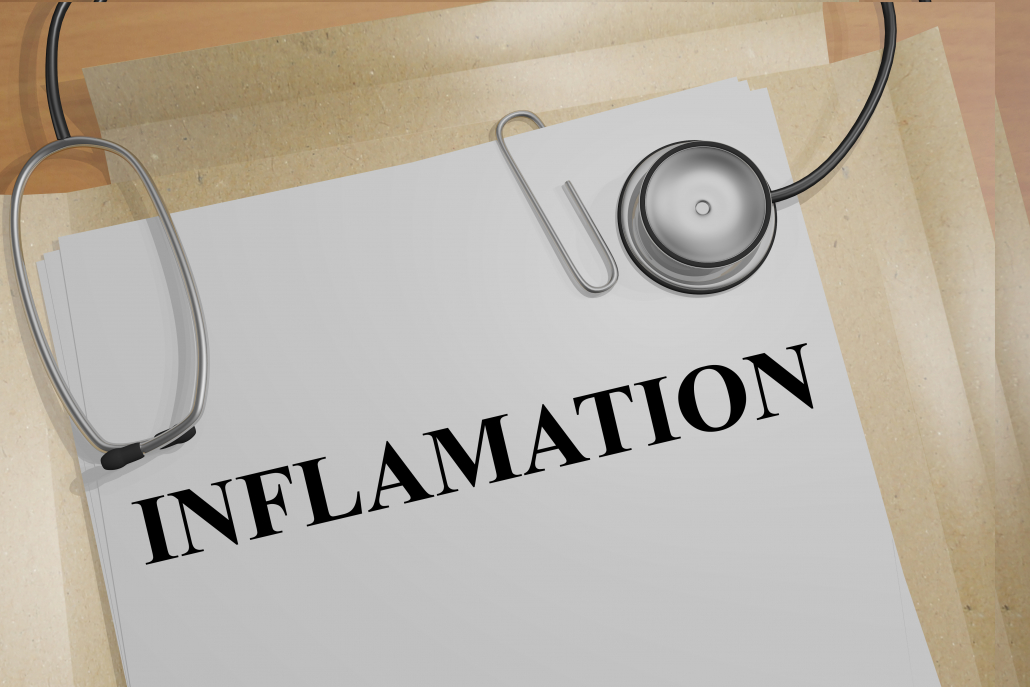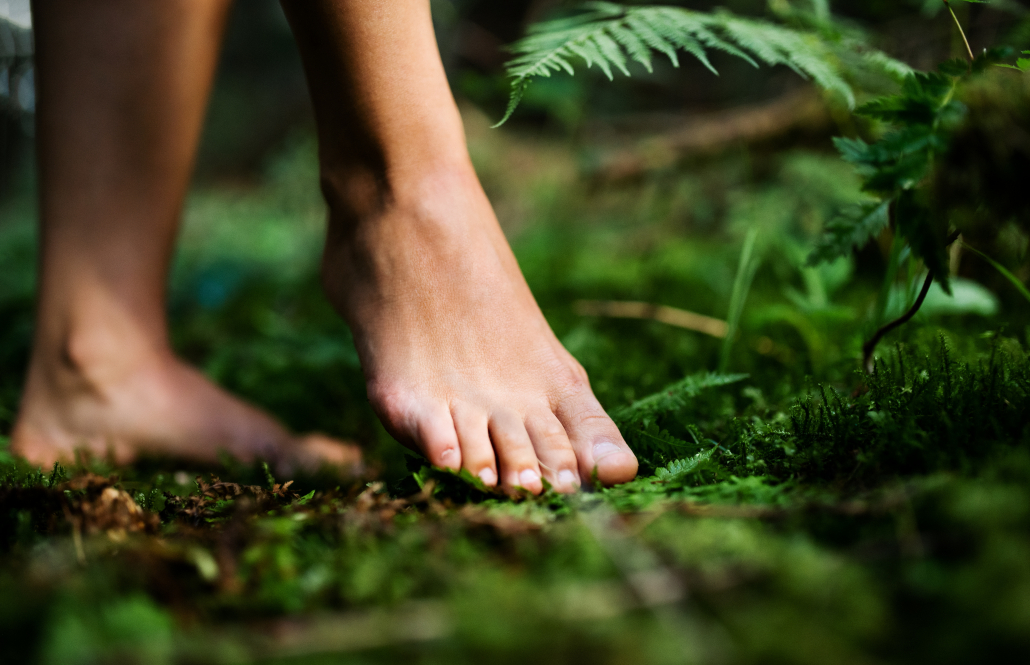We include products in articles we think are useful for our readers. If you buy products or services through links on our website, we may earn a small commission.
9 Benefits of Cycling: Proven Reasons to Start Peddling
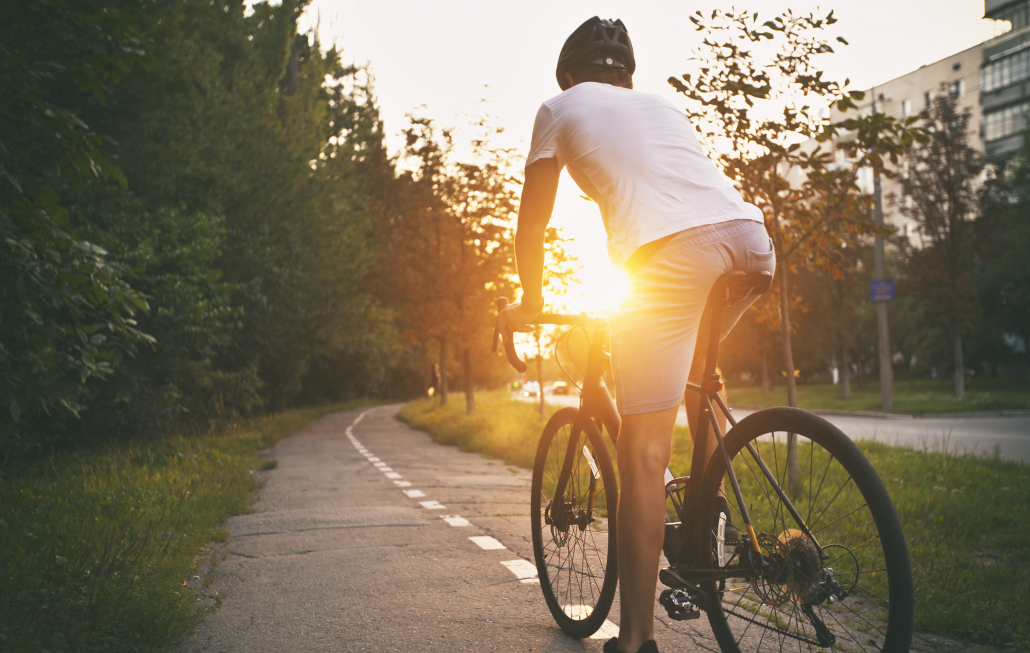
“Nothing compares to the simple pleasure of riding a bike” – John F Kennedy
Cycling is a gentle aerobic exercise that almost anyone can get into. It’s also one of the few purely aerobic exercises that most people find fun.
Cycling is also pragmatic. You can use it for fitness just as much as you can use it to get from A to B!
Keep reading to learn more about the top 9 benefits of this enjoyable, accessible sport.
Table of Contents
Benefits of cycling #1: Reduced stress
Cycling separates itself from most other endurance sports in several ways. We’ll start with the fact that most people find it lower stress than running, skiing, or other comparable activities.
It’s true: cycling can dramatically reduce your stress levels. One study found that those who commuted to work by bike had lower stress levels than those who didn’t.
Also telling is the fact that those who biked the most had the very lowest levels of stress: “bicycle commuters who bicycled 4 or more days per week had a lower risk of being stressed than those who bicycled less than that.” Other studies have linked cycling — even indoor cycling — to lower levels of stress and deeper levels of spirituality.
The way our biochemistry responds to cycling can tell us where these benefits come from: Cycling for extended periods of time triggers endorphin and endocannabinoid release. These ‘feel-good’ neurotransmitters boost your mood while reducing stress and inflammation. In fact, cycling promotes the production of endocannabinoids like anandamide even more than running or other activities.
Benefits of cycling #2: Boosted brainpower
Bicycling is also great for maximizing your brainpower.
The moment you hop on a bike and begin to pedal, you shift your muscles into a healthier, more active metabolic state where they begin to burn larger amounts of fats and carbohydrates for fuel. The better you get at cycling, the better your muscles will get at burning fats for fuel.
And with increased fat burning comes all sorts of mental benefits. In addition to the endocannabinoids mentioned above, cycling has been shown to boost BDNF-1 (brain-derived neurotropic factor 1) and many other growth factors.
These growth factors promote better mood, faster neural connections, and more flexible thinking. Cycling’s brain-specific benefits are so strong that some researchers believe that it might protect against Alzheimer’s and other neurodegenerative diseases.
These biochemical changes affect most people in a positively predictable way by reducing depression and boosting creativity. Perhaps it’s no surprise that Albert Einstein and so many of history’s other geniuses loved bicycling and walking.
Benefits of cycling #3: Stronger lungs
Even quick cycling doesn’t require much muscular torque production. Most people who try cycling aren’t limited by their muscular strength — they’re limited by the efficiency of their lungs.
But this limitation has a pleasantly unexpected set of benefits: increased lung capacity, strength, and efficiency. Studies and lab tests have found that elite cyclists have the second-highest VO2 maxes (a measurement of maximal oxygen use) of all types of athletes.
Even those who aren’t elite cyclists tend to find that their breathing becomes stronger and more efficient the more they bike. At the same time, oxygen from the lungs becomes more readily useable to the muscles and their mitochondria. Those who bike enough basically transform themselves into highly oxygenated, energy-producing superconductors.
And cardiovascular health is one of those things that tends to make everything else easier. Biking might just get you fit enough to run up the stairs, chase your children/grandchildren around, or play another favorite sport — without getting winded.
Benefits of cycling #4: Stronger muscles
Cycling can also strengthen your leg and core muscles.
This benefit might seem surprising at first. As we explained above, cycling doesn’t require as much torque generation as some sports/activities. Yet elite cyclists often have larger, stronger leg muscles than other types of endurance athletes.
What explains this discrepancy? It seems that the steady muscle contractions of cycling promote more muscle mass than their low peak torque would imply.
In other words, cycling taps into the same high-rep, a low-weight concept that many bodybuilders and strength athletes adhere to. Cycling’s ability to promote muscular development also makes sense on an intuitive level: its smooth movements don’t penalize the development of bulky legs. If you want to get powerful, toned leg muscles, don’t neglect bicycling.
Cycling is also good for the stabilizer muscles of your arms and core. Bicycling out of the saddle — when climbing a hill or sprinting, for example — is truly a full-body workout.
Benefits of cycling #5: Rehab from injury
Cycling is low-impact enough that it can be picked up by almost anyone — even people with injuries. Cycling exercises can be used as part of a rehabilitation program for knee injuries, ankle injuries, or even injuries from other sports. Runners or hikers who’ve suffered from overuse injuries can usually turn to cycling without developing any other problems.
One study that dove into the nitty-gritty biomechanics of cycling put it this way: “The bicycle provides quadriceps rehabilitation while controlling the stresses to the knee ligaments. With pedaling on the bicycle, forces are applied to the anterior cruciate ligament, the capsular ligaments, and the posterior structures of the knee joint as the tibial plateau is posteriorly tilted.”
In other words, cycling’s pedaling movement puts a protective pressure on the ligaments around the knee, while not putting undue strain on the knee’s hinge joint itself.
Benefits of cycling #6: Improved body composition
Cycling for weight loss is simple and effective. Many people who take up cycling find that they naturally settle into lower weight.
Best of all, this weight loss usually happens without a corresponding loss of muscle. Part of this is due to the increased calorie burn that happens during a cycling session (500+ calories burned/hour), but much of it is thanks to cycling’s ability to change the way your body processes energy. A single intense cycling session can boost your metabolism for up to 14 hours afterward.
Cycling also trains your muscle to burn more fat at rest. Even your fat may burn more fat at rest. That’s because cycling can increase the mitochondrial density of your fat stores, making them more metabolically active.
Studies show that cycling can promote weight loss even when cyclists don’t make a conscious change in diet. (Of course, combine cycling with Dr. Kiltz’s B.E.B.B.I. diet for best results.)
Other studies show that these benefits can be had from practically any type of cycling. Outdoor cycling, indoor cycling, and spin cycling (on a stationary bike with moving pedals and moving handlebars) are all effective methods for weight loss. Feel free to choose whichever variety you enjoy the most.
Benefits of cycling #7: Improved fertility
Here’s one of cycling’s less obvious benefits: it’s great for pregnant women and their future children.
Research from Michigan State University shows that moms-to-be who bicycled during pregnancy had an easier labor and faster post-labor recovery than normal. Babies of moms who stay active enjoy lower obesity rates and better neurological development than others. Other studies have shown that low-intensity exercise is safe even in the latter months of pregnancy.
According to Patrick O’Brien of the Royal College of Obstetricians and Gynaecologists, “there’s no doubt that moderate exercise such as cycling during pregnancy helps condition the mother and protect the fetus.”
Benefits of cycling #8: It’s convenient.
Most people find it relatively easy to bike at a speed of 10 or 15 miles per hour, which makes cycling around town far faster than walking or running. In populated areas, cycling can even be a faster way of getting from A to B than driving. Parking also ceases to be an issue when you travel by bike. It’s a great way to get to the beach, coffee shop, etc.
Cycling’s moderate speed and intrinsic effort make it a great way to get to know your environment. “It is by riding a bicycle that you learn the contours of a country best since you have to sweat up the hills and coast down them,” Ernest Hemingway once said.
Benefits of cycling #9: Comaraderie and Friendship
Biking alone is fantastic, and it can be even more beneficial with friends. Social biking is a great way to build camaraderie and a storehouse of positive shared experiences.
Sharing experiences with others has been shown to offer numerous downstream benefits for health, longevity, and emotional wellbeing.
Studies by Carnegie Mellon University researchers found that being more social boosts the immune system, improving your resistance to colds and flu. Conversely, being socially isolated (not to be confused with distanced) is a major risk factor for getting sick.2
Studies also reveal that loneliness and isolation can have a greater impact on life span than obesity. In one study participants who had fewer social connections were 50% more likely to die within the 7 year study follow-up period than participants who had more social connections.
These benefits of social interactions are likely a result of the potent cocktail of neurotransmitters that regulate our response to stress and anxiety.
Is cycling the fountain of youth?
When it comes to cycling’s benefits, the 8 points mentioned here are really just the start.
Research has shown that cycling’s anti-stress, pro-cardiovascular qualities make it a veritable fountain of youth.
One study from London’s King College found that cycling is correlated with a lower biological age. The study compared 2,400 identicals twins and discovered that twins who cycled 2 hours a week were ten years younger, biologically speaking, than the twins who didn’t ride. This difference persisted even when eliminating confounding variables like BMI (body mass index) or smoking habits.
According to lead researcher Dr. Lynn Cherkas, “those who exercise regularly are at significantly lower risk of cardiovascular disease, type 2 diabetes, all types of cancer, high blood pressure, and obesity. The body becomes much more efficient at defending itself and regenerating new cells.”
How to cycle safely
Cycling, like any activity, should be done properly and safely. Always wear a helmet and shoes when biking.
If you’re new to the sport, there’s no shame in wearing protective clothing or elbow/knee pads. You might also consider beginning with a low-traffic, flat cycling route until your confidence and fitness grow. Avoid using clip-in pedals at first, as they can make it hard to start or stop quickly.
And don’t be intimidated — cycling can be as easy or hard as you make it. When in doubt just keep your bike rides on the slower side. You’ll get faster soon! Feeling your fitness levels rise over time is one of the most satisfying things about cycling.
The Takeaway
Cycling is a healthy and easily accessible activity for people of all ages.
Great for fitness, longevity, and exploring the world around you, cycling is arguably one of the most holistic sports out there. Perhaps there’s a reason that those who learn to ride a bike simply don’t forget it.










